A pandemic is much more than a health emergency: it is a social threat. We analyse the impact of the coronavirus in areas that are most likely to be affected, such as Africa, India and Latin America.
The situation caused by the coronavirus is especially affecting western regions. It is entailing much more than a health emergency: closed schools and businesses, uncertain employment status, the collapse of the health system... In these times of total confinement, it is the governments that can make the situation more bearable by providing financial aid and facilities to citizenship. Although, what happens when there is no government to support the citizens? When the public health system and human resources are extremely limited?
For the time being, the infection data in developing countries are rather low. We might also think that these countries have a certain advantage, considering that they have low rates of ageing populations and that COVID-19 fatality rates increase from the age of 80. But, even though the pandemic wave is not so strong at the moment, its social effects are beginning to take hold on a devastating scale.
"A pandemic is not only a medical emergency but also a threat to the socio-economic life of the countries that stand in its way", says Amador Gómez, technical director of Acción contra el Hambre.
Conversely, Oxfam International has published the report 'Coronavirus does not discriminate, inequality does' (in Spanish), to highlight the distinctive impact that this crisis will have among most vulnerable populations. We analyse the impact of the coronavirus in areas that are most likely to be affected such as Africa, India and Latin America.
Scarce resources in Africa
The situation in Africa is complex. On the first hand, due to political instability that may cause not a failure to react on time to stop the pandemic. On the second hand, due to the public health system: according to Indexmundi, the number of hospital beds per person in countries such as Ethiopia, Guinea or Tanzania is below one. Besides, the density of medical staff is extremely low and does not even reach 1%.
Also, there is also another aspect: the difficulty of following the most basic recommendations. The continent has logistical, technical and cultural particularities that make confinement difficult and only 15% of the population in sub-Saharan Africa has access to regular water and soap supply, according to UNICEF and WHO.
"It is not yet known how the virus will spread in Africa because there are many factors that can affect its evolution: genetic, climatic, sociological, demographic - the population in Africa is usually very young - among others. What we do know is that some countries have a limited capacity of response (less resilient health systems, medical equipment, access to water...) and that other factors may also obstruct the response to this crisis, such as political stability, for example", highlights Dieynaba N'Diaye, an epidemiologist with a PhD in public health.
India, a country of contrasts
In India, which is considered a country of contrasts, some families have all kinds of comfort but some problems make it difficult to stop the socioeconomic effects of the pandemic.
It seems that infection data is not yet alarming and that the Government has reacted on time. Although, the social effects can be sensed in the most unprivileged communities where thousands of children have been left without education and where resources are scarce. Moreover, confinement is difficult in other neighbouring countries such as Bangladesh where 855,000 Rohingya live in refugee camps in impossible conditions, according to Oxfam International.
In addition, there is a global problem of misinformation in the country, in many cases due to the lack of access to media such as smartphones or television. Mumbai Smiles was able to observe first-hand the level of ignorance days before the government acted. Many people in the communities knew nothing about the current situation of the virus or, those who were more informed, did not take it seriously or had achieved misconceptions spread by false news, explains Isabel Martínez, communications manager of the organisation.
Besides, according to Isabel Martínez, after the drastic and unnoticed implementation of containment measures "massive migratory movements of people who are returning to their villages on feet have taken place after being left without work, which puts their health and that of these villages at risk". For all that, she adds, "we want to keep stressing the importance of providing support to the most unprivileged communities and we are even more grateful to our collaborators".
Women are the most affected in Latin America
Latin America, like India, also presents great contrasts: the region has a high level of health privatisation, which leaves a large proportion of the population unattended because of this underestimation of public services. By the numbers, there are 23 hospital beds and 18 doctors per 10,000 inhabitants, which is half of what the OECD countries have.
Moreover, 80% of the population in the region is urban and over a quarter of it lives in inadequate housing of marginal neighbourhoods which makes almost impossible to follow the confinement and social distance measures.
Andrea Costafreda, programmatic director of Oxfam International for Latin America and the Caribbean, makes special reference to the impact this crisis is having over women. On the first hand, due to social causes: "femicides and violence against women have high rates in Latin America and, in a situation of confinement, many of these women who are the object of male violence will live trapped with their aggressor", she explains.
And, on the other hand, due to economic causes: 53% of the employed people in the region live on informal work and most of this percentage are women. "Women are the ones who need to go out every day to earn their daily pay and are the ones who will be more exposed to the virus and will be much more unprotected if they cannot work because they are outside any kind of social protection", regrets Andrea Costafreda.
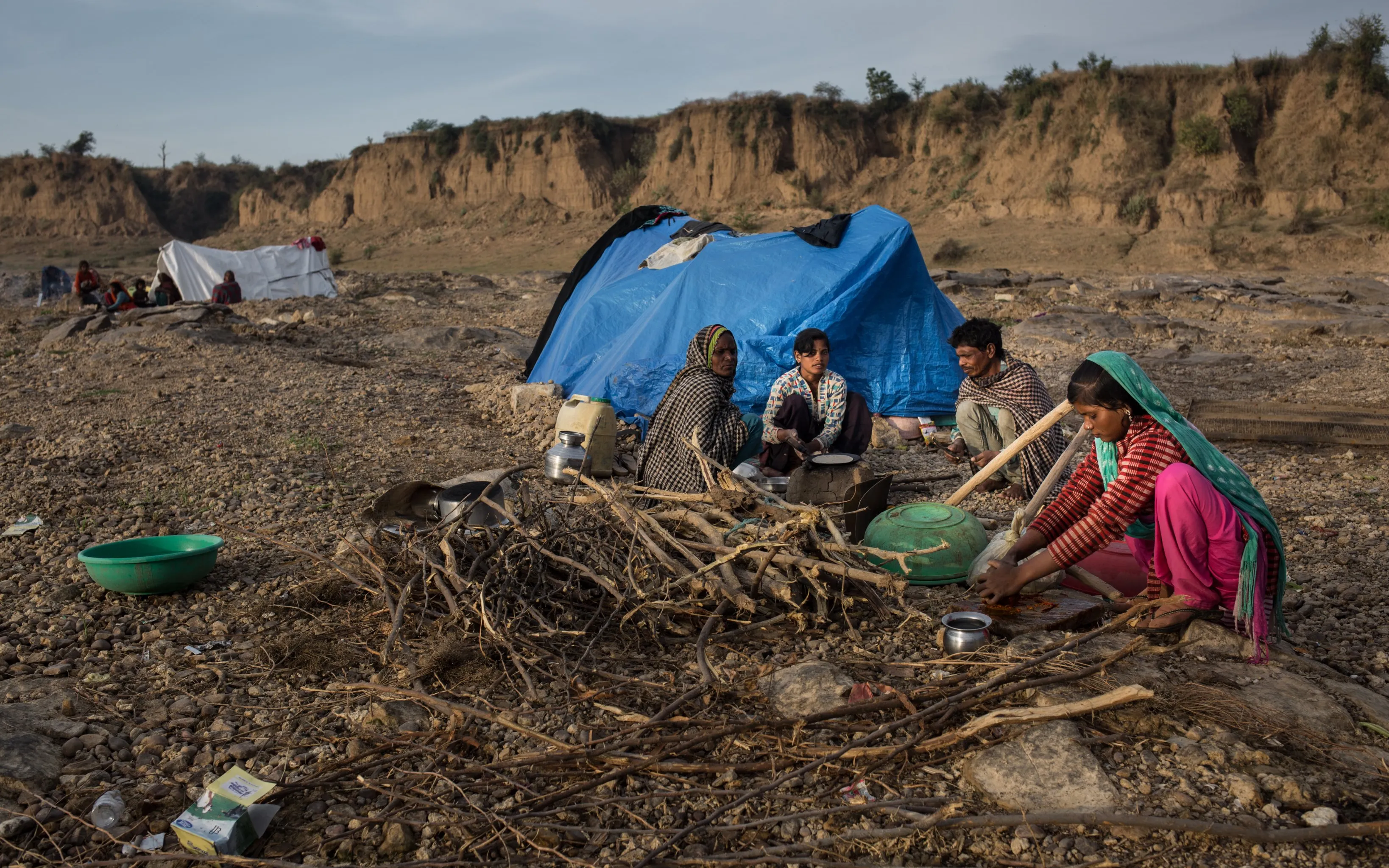
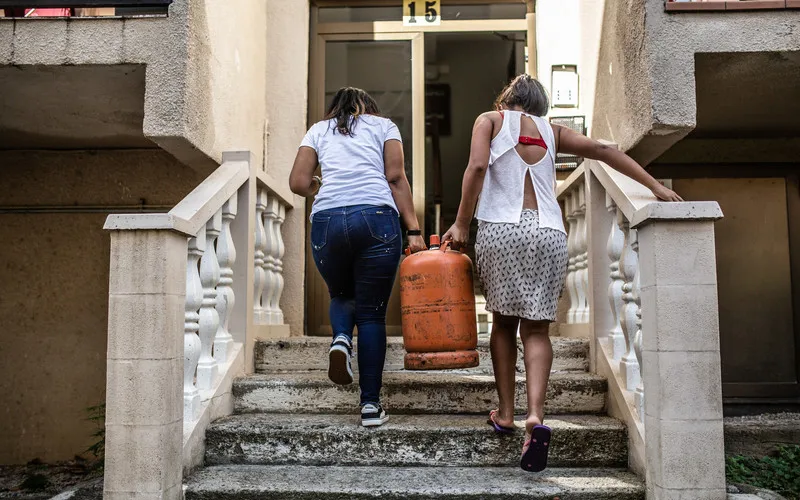
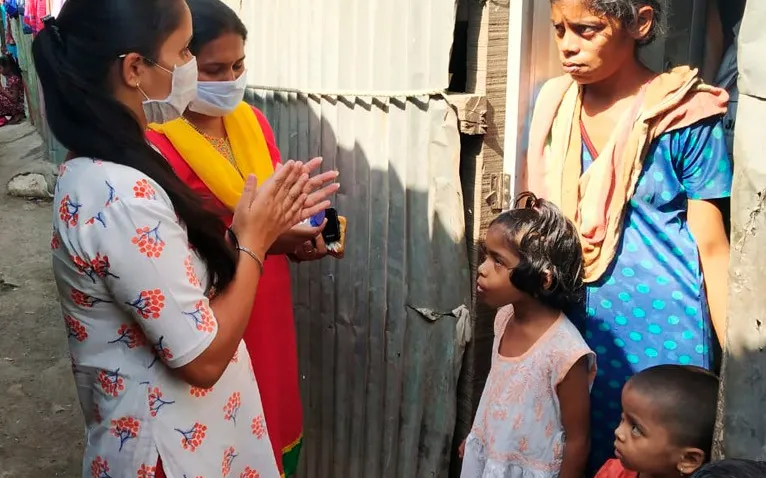


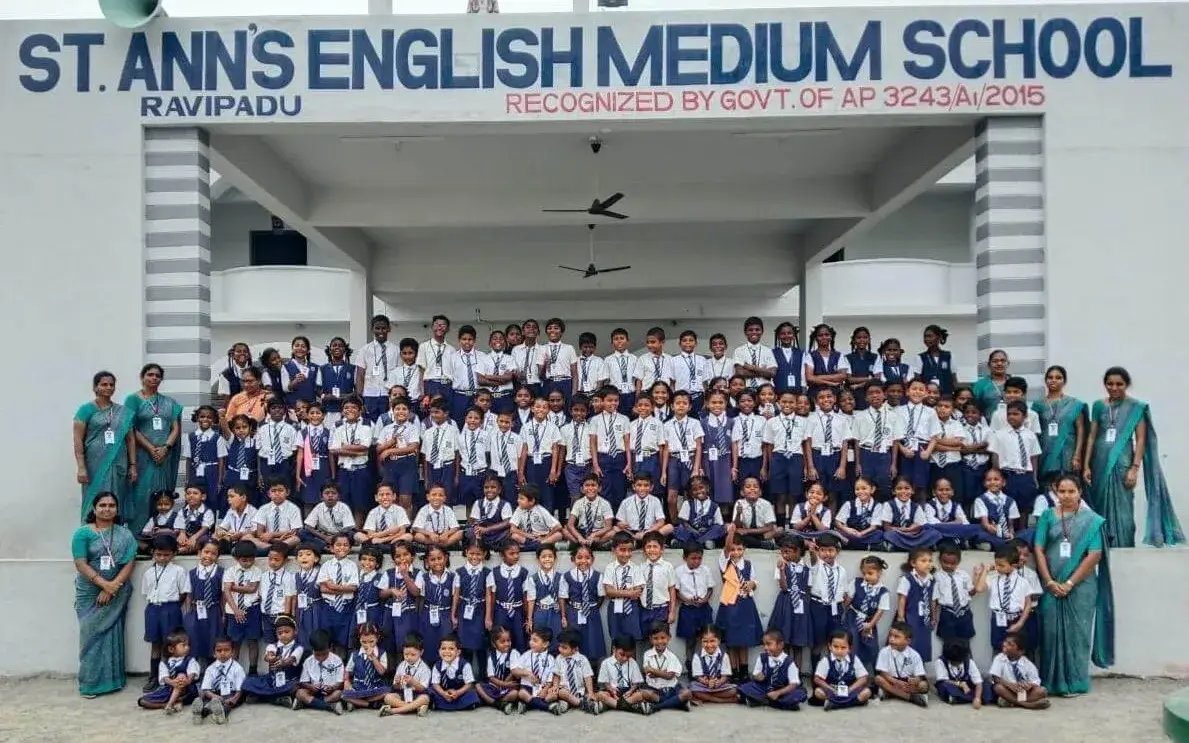

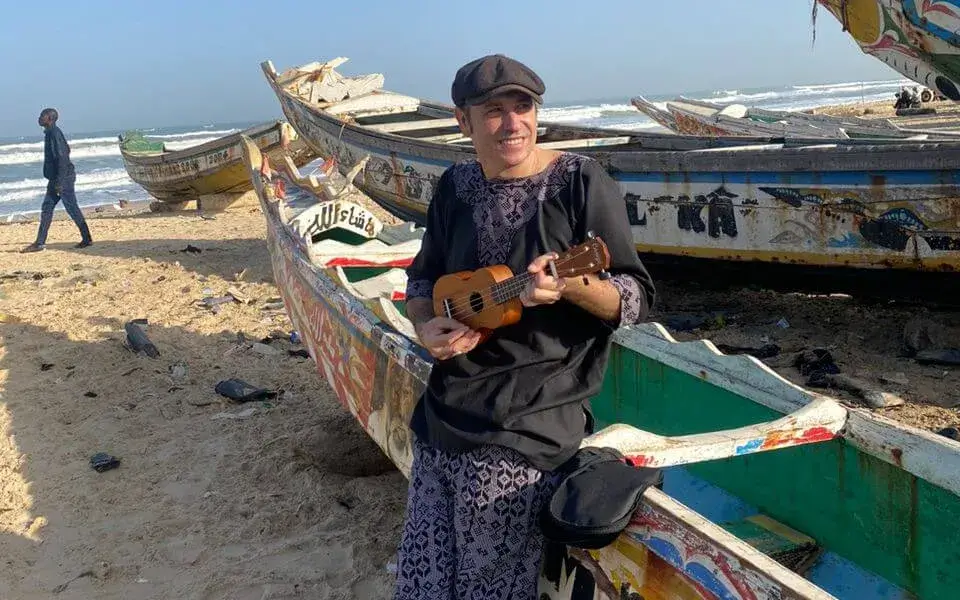
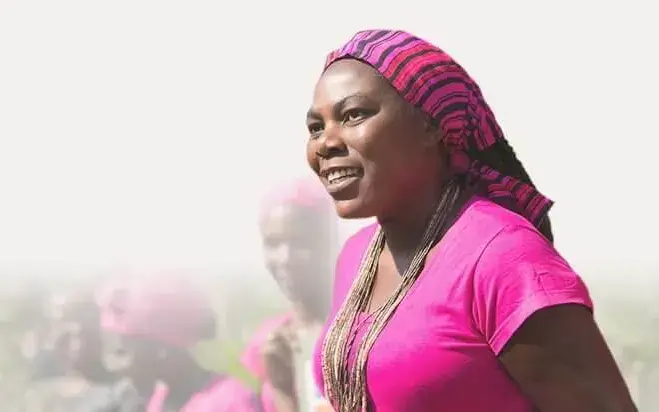
Add new comment